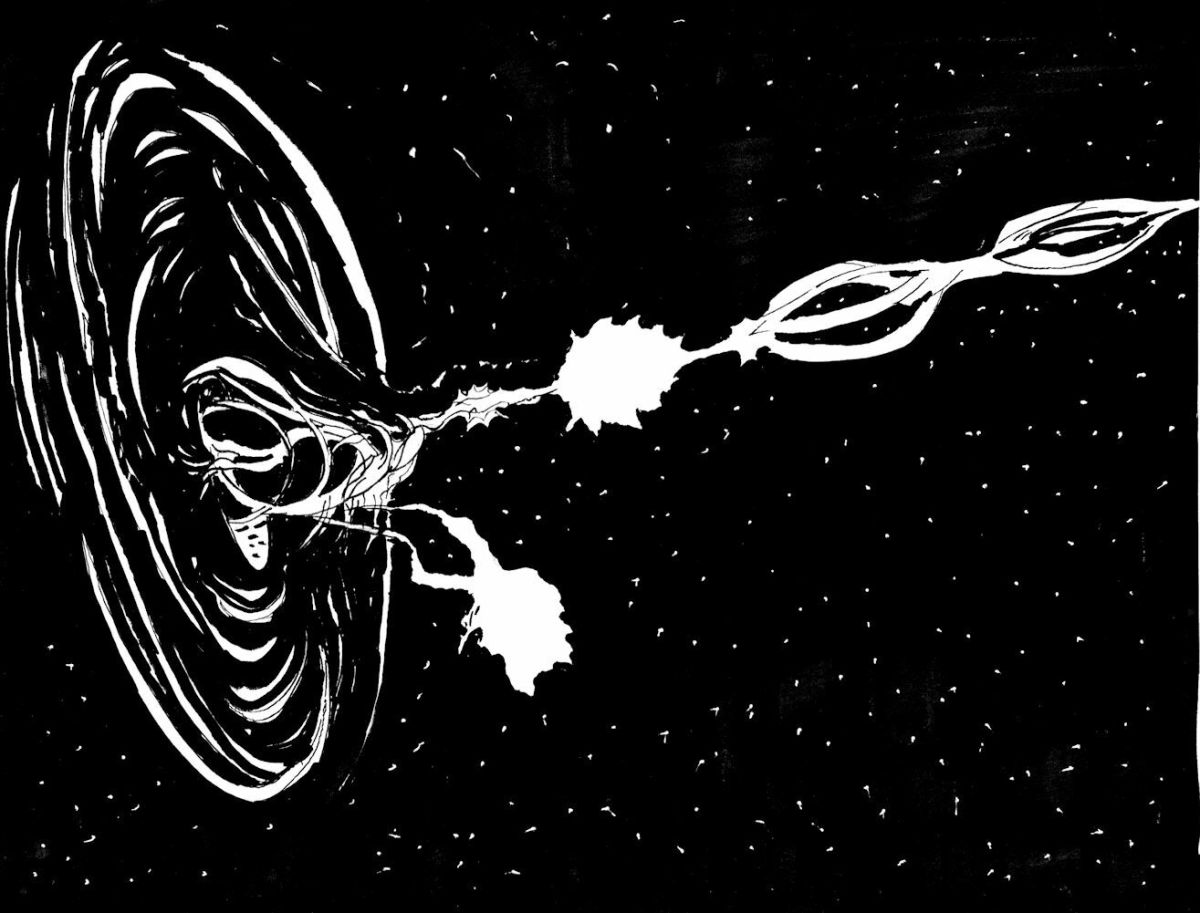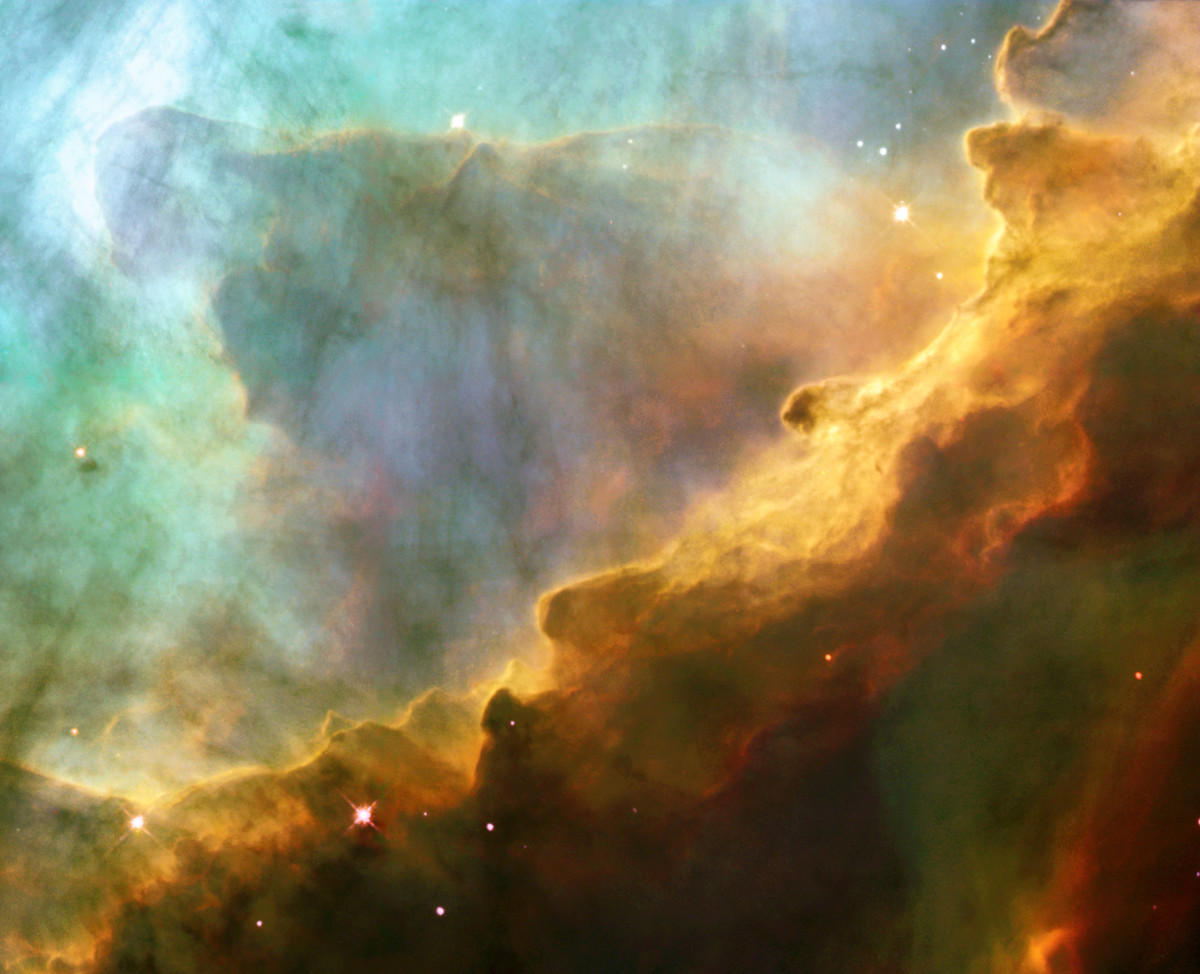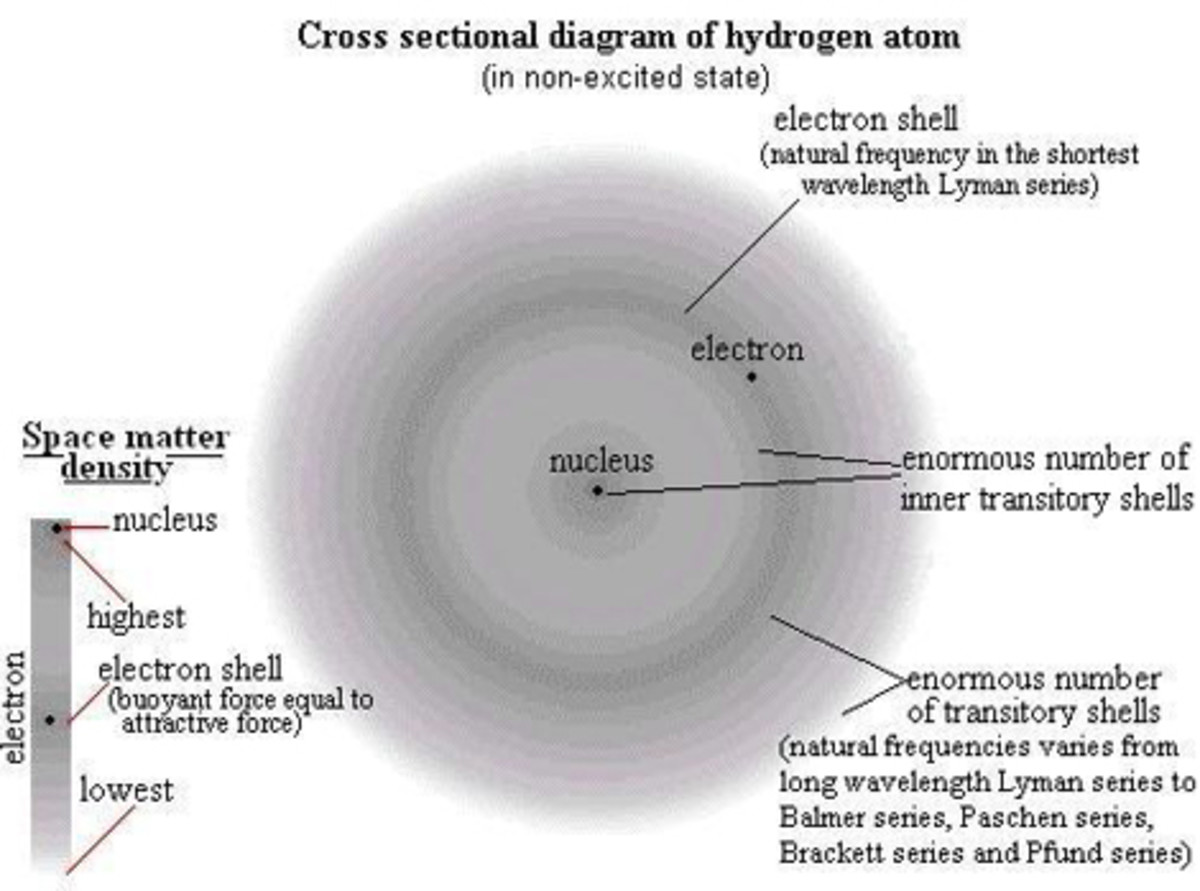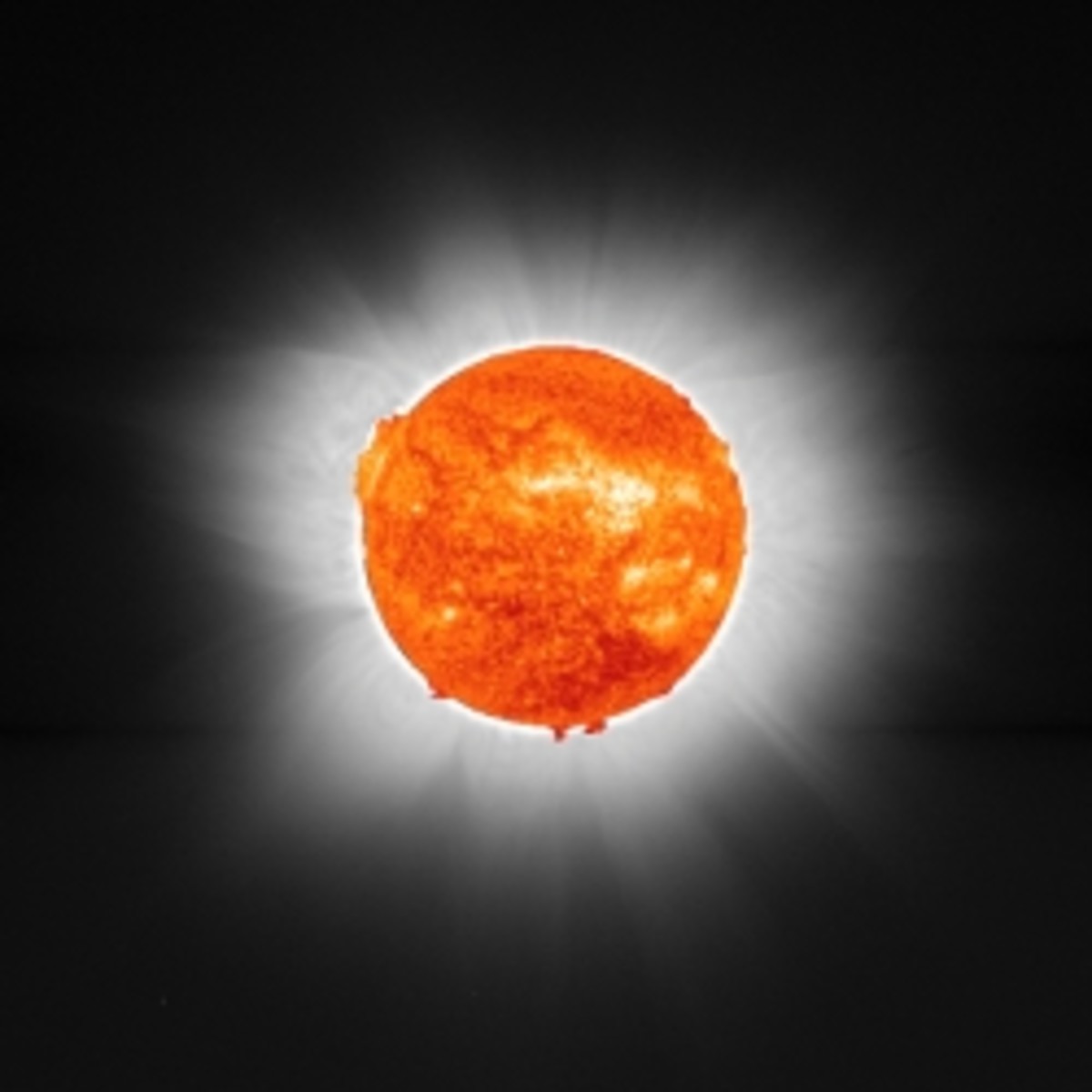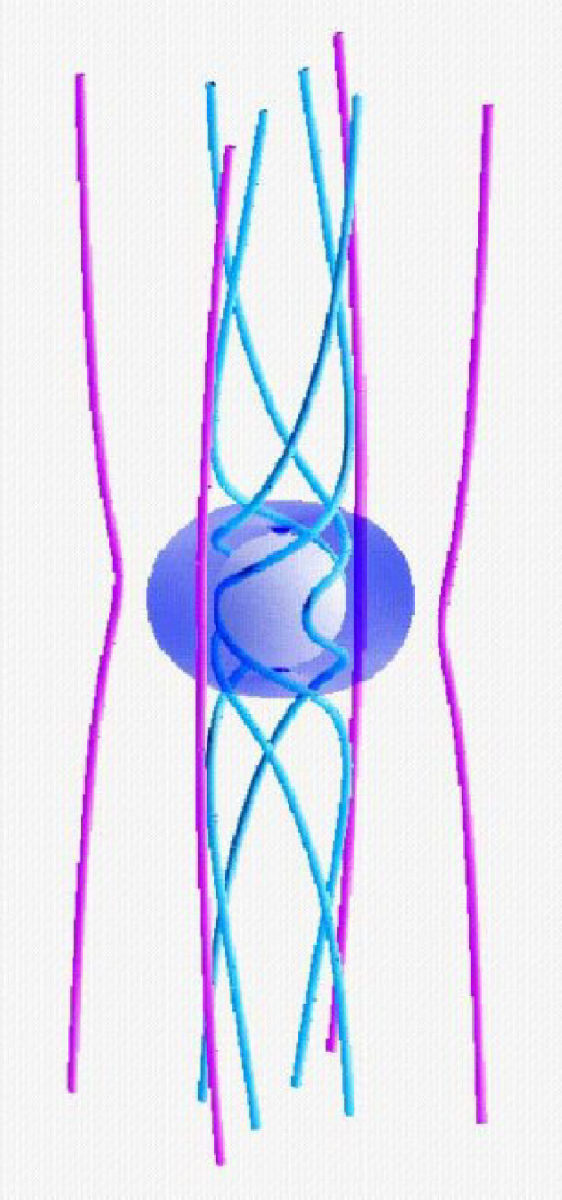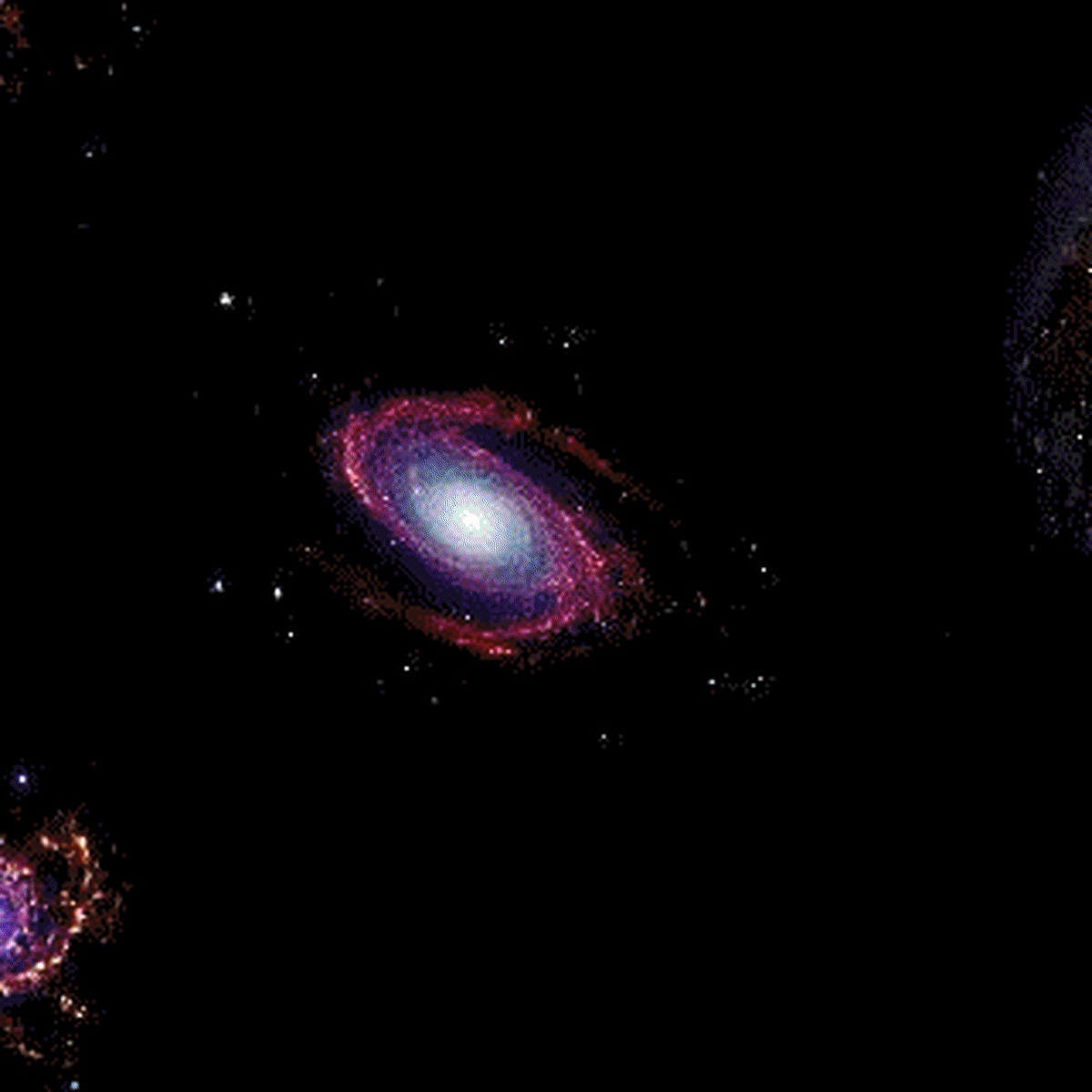Defining the Neutron Star
By now, astronomers have a good idea of what a neutron star is.
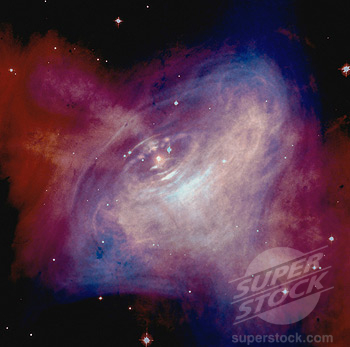
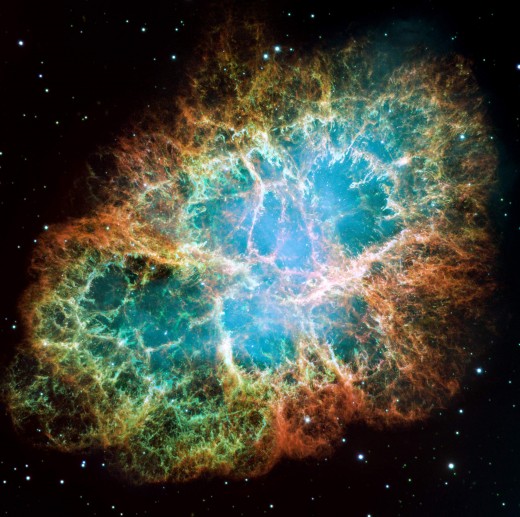
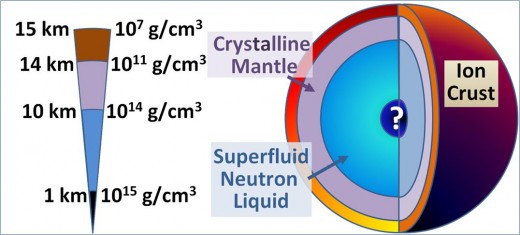
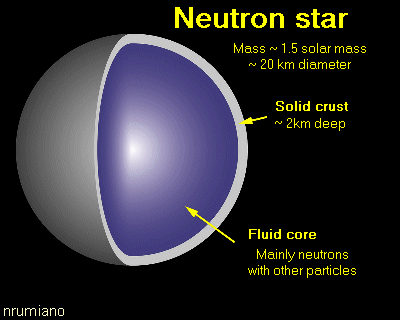
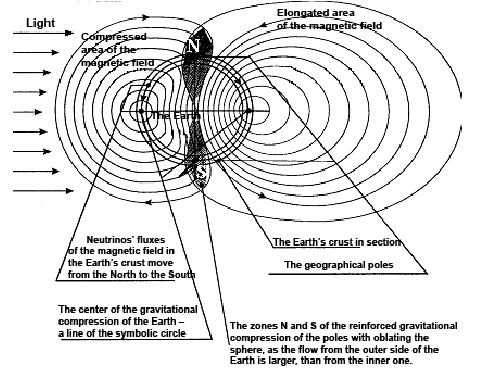
Neutron stars result from stars that are greater than 1.38 solar masses but less than 2.1 solar masses
A neutron star is the collapsed remnant of a star that has exhausted all its fuel and is no longer continuing to fuse elements. They originate from stars that are 1.38 to 2.1 solar masses. The core of such a star is left over when the star goes into super nova at the end of its life. The scenario is briefly described as follows. The star has "burned" off all the fusible elements from hydrogen through to iron 56. The star has gone through various flashes, such as the helium flash and carbon flash through to iron. Iron represents the point of no return as no energy is liberated by fusing iron into heavier elements. To fuse heavier elements takes energy instead of liberating it. Once all lighter elements are used up in the core and the iron stage is reached, the core collapses catastrophically. Overlaying layers fall in on the collapsing core and bounce off the now shrunken iron core. This results in a tremendous burst of energy, particularly in the gamma part of the electromagnetic spectrum. The energy blows the outer layers off the star into interstellar space and creates all the elements beyond iron through to plutonium. Meanwhile, the same energy and gravity crushes the core down to the size of about 10 to 20 kilometers depending on the mass of the original star. The core will not collapse any further due to what is called the Pauli Exclusion Principle; a quantum state where two neutrons, protons and electrons cannot occupy the same space at the same time.
A neutron star has some of the properties of an atomic nucleus, including density, and being made of nucleons. In popular scientific writing, neutron stars are thus sometimes described as a giant atomic nucleus. In other respects, neutron stars and atomic nuclei are quite different. In particular, a nucleus is held together by the strong force, while a neutron star is held together by gravity. It is generally more useful to consider such objects as stars and not as an overgrown atomic nucleus.
The neutron star got its name from the concept that all the neutrons, protons and electrons are crushed together into an ultra dense state that resembles the nucleus of an atom. It is still composed of neutrons, protons and electrons and in the rare exception, is charge neutral. Often, the neutron star will be charged due to a lack or surplus of electrons or protons. The charges of the electron and proton mostly cancel and become charge neutral as a result, such as the neutrons that already exist in the nucleus. The density of the neutron star becomes an astounding 8.4 × 1016 kg/m to 1 x 1018 kg/m³.[1] This is a huge mass and by comparison is the mass of an average atomic nucleus, a teaspoon of which would weigh about a billion tons. In general, compact stars of less than 1.38 solar masses, the Chandrasekhar limit, are white dwarfs. Above this they become neutron stars. On scales above 5 solar masses, it is thought that cores will collapse into black holes.
There are various types of neutron stars. They are classified as pulsars, magnetars, radio quiet, radio loud, soft gamma ray repeater, accretion powered pulsar, x-ray burster, millisecond pulsar and sub-categories of these including hypothetical types such as a quark star. Pulsars are called this because they pulsate anywhere from once every thirty seconds to several hundred times a second. There are two causes for this. One cause is the oscillation of the pulsar between a maximum and a minimum size in a rapid cycle, something like the oscillation of a spring. The other cause is due to synchrotron radiation from trapped matter in the intense magnetic field of the magnetic poles. Magnetars are neutron stars with an extremely intense magnetic field. The field is so intense that it will rip apart everything down to sub atomic matter in the vicinity of the magnetar. The magnetic field is so intense that it is thought that the Planck False Vacuum State is distorted and destabilized near the magnetar. When one of these stars "hiccup", we can detect the field change on Earth despite the Magnetar being tens of thousands of light years away. Radio quiet and radio loud neutron stars are ones that cannot and can be detected by radio telescopes. In fact, the first discoveries of neutron stars were the radio loud ones. The soft gamma ray repeater was recently discovered though space telescopes designed to see in the gamma ray part of the spectrum. These energetic stars are so hot that they generate gamma rays within the confines of their magnetic fields. An accretion powered pulsar gets periodic feedings from a binary star partner. Matter is drawn off the partner star and this spirals down onto the surface of the neutron star where instantaneous fusion occurs and vast amounts of energy is released. The fact that it is a pulsar is due to the fact that the two stars are in an elliptical orbit and accretion does not occur continuously. X-ray bursters spew out X-rays aperiodically when interstellar matter falls onto a neutron star of this type releasing energy in the X-ray part of the electromagnetic spectrum. The millisecond pulsar is thought to be a newly formed rapidly rotating neutron star that is spinning hundreds of times a second. Quark stars form a category between a neutron star and a black hole and is a hypothetical entity as none has been observed.
As a stellar core collapses into a neutron star, the rotation accelerates dramatically due to the conservation of angular momentum. This is best illustrated by the figure skater who begins to spin with her outstretched arms. As the figure skater rotates, she pulls in her arms and her spin rate increases dramatically. In the case of the collapsing core, some of the angular momentum is removed by the violently exploding outer regions of the star. Once the outer regions and the core are separated, the rest of the angular momentum is retained and the core begins to spin faster and faster as it shrinks under pressure and gravity. Speeds of 1.4 milliseconds to 30 seconds have been observed and we see them only because of another phenomena associated with neutron stars, related to the magnetic field trapping matter and emitting synchrotron radiation. The rapid spinning of the neutron star causes the core to "flatten" a little into an oblate spheroid. The millisecond pulsar would be more oblate than the 30 second pulsar.
In the early days of detecting "Pulsars" it was thought that these were radio beacons of highly advanced civilizations attempting to communicate with other stellar civilizations including us. In time it was realized that this was the result of an entirely different process. The theoretical structure of a neutron star and differential rotation left over from the original star defines the existence of a powerful magnetic field. The field poles are usually offset from the rotational poles. The magnetic field lines attract ionized matter that then emits synchrotron radiation that is beamed out along the magnetic field lines in a fashion not dissimilar to a lighthouse beam. Some of these rotate past our field of view and we see the pulsar effect. One such pulsar visible to us is in the Crab Nebula [2] and it has been photographed in action by the Hubble telescope. We know that the neutron star is spinning very quickly because of the extremely high rate of the pulsations.
As in all things cosmic, neutron stars are spinning down, essentially due to the magnetic field interacting with the interstellar medium. The spin down is very slow in our terms, but is measurable by observation, especially with the newer candidates that have been discovered. We have even discovered new neutron stars born of a super nova. One of the more surprising discoveries is a neutron star that has a retinue of planets; PSR B1257+12, which is also a millisecond pulsar. Another with a companion is SWIFT J1756.9-2508, a millisecond pulsar with a stellar-type companion with planetary range mass.
The structure of the neutron star is similar to other bodies, except the neutron star is comprised of what is called degenerate matter. It has an "atmosphere" about one meter deep. Under this is a "crust" that is about one kilometer thick. The surface of the crust is smoother than anything that we will ever find on Earth, with variations of a maximum of 5 millimeters. It is also extremely hard; harder than anything we will ever find or manufacture on Earth. It is thought to be a thousand times harder than steel. Due to the extreme gravity of the surface, it appears black. The surface is so hot, measured at least at 100 million Kelvins, that the radiation is emitted primarily as X-ray or gamma rays. Gravity is so intense, that if a person could walk on the surface, they could only muster the energy to move a mere millimeter on the surface during a lifetime.
Below the crust is a dense neutron liquid that increases in density as one approaches the core. There are many ideas as to what occurs as one approaches the center that include such exotic ideas as a quark fluid. Part of the structure is a soup of electrons, protons and neutrons in a dense ultra-hot liquid like mix. Due to the rotation and oblateness of the rotating star, there is a ring structure at the center, the material nature of which escapes definition at this time. It exists near the threshold of degenerating to the condition of a black hole, or just this side of definable stellar physics.
A neutron star that is part of a close binary can accrete matter from the surface of the companion. This causes the neutron star to grow and increase its spin rate. As long as the neutron star can feed, it will expand and continue to spin up. As long as the critical gravitational limit is not reached, it will remain a neutron star instead if winking out into a black hole.
Some neutron stars move through the galaxy very quickly due to the original super nova that was asymmetrical. The explosion may have been offset to one side due to the existence of a former companion that caused tidal stresses. They may even still be connected, but with a much more elliptical orbit. About five percent of all neutron stars exist as binary neutron stars. Such binaries are thought to be an excellent source of gravitational waves. Experiments are now underway to detect gravity waves from such sources. Such binaries, if close together will eventually coalesce. In a violent act they spew out copious gamma radiation, then winking out into a single black hole.
Some 2,000 neutron stars are known in our galaxy and adjoining Magellanic Clouds. These are the ones we have detected due to super novae and from the characteristic pulses. There are many more that we do not see because we cannot observe the pulses as they are not directed toward us. It is therefore estimated that there are about a million such stars and one or more may be very near our solar system, invisible to us, because we are not seeing its pulse. The existence of such an entity near us is implied by a non characteristic slowing down of the Voyager space craft now deep in the Kuiper Belt that cannot be accounted by known gravitational influences alone. Either there is more mass in the Kuiper Belt than previously thought, or there is a neutron star or small black hole toward the opposite side in the Kuiper Belt from the Voyager space probes. What we do know is of a large trans-Neptunian object, Sedna that has been kicked into a highly eccentric orbit by forces as yet unknown.
The sun, owing to its size, will never become a neutron star. It is fated instead to become a white dwarf fading to red, then black over hundreds of billions of years after its demise about five billion years hence.
References:
1. 8.4 × 10^16 kg/m^3 derives from mass 2.8 × 10^30 kg/volume of star of radius 20km; 1 × 10^18 kg/m^3 derives from mass 4.2 × 10^30 kg/volume of star radius 10km
2. Hewish and Okoye (1965). "Evidence of an unusual source of high radio brightness temperature in the Crab Nebula". Nature 207: 59.

